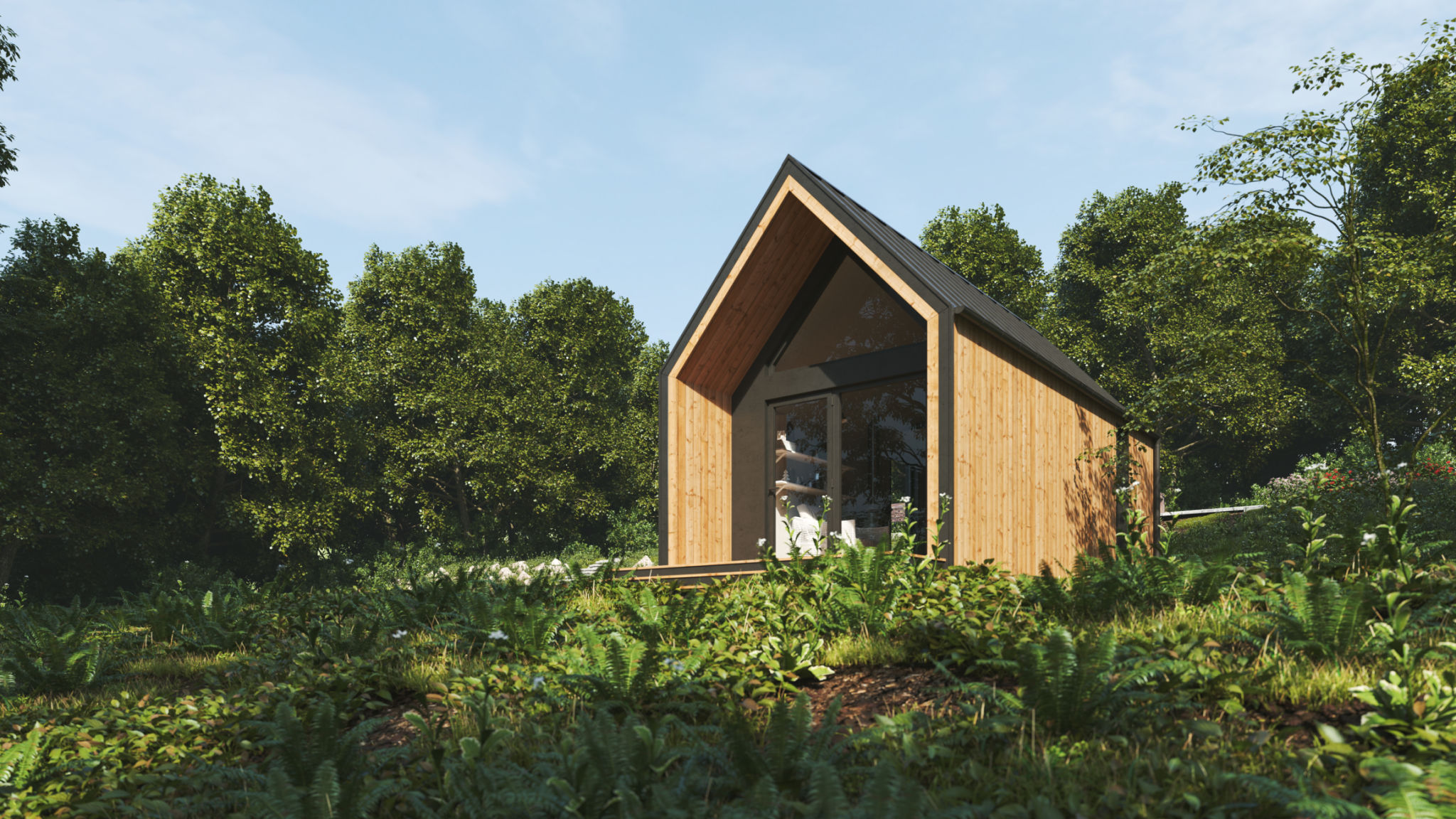How to Manage Sustainable Home Renovation Projects in Toronto
Understanding Sustainable Renovation
Embarking on a home renovation project in Toronto can be an exciting yet challenging endeavor, especially when sustainability is a priority. Sustainable renovation involves using eco-friendly materials, improving energy efficiency, and minimizing waste to create a home that's not only beautiful but also environmentally responsible. By adopting sustainable practices, homeowners can reduce their carbon footprint while enhancing the comfort and value of their home.

Planning Your Project
The first step in managing a sustainable home renovation is thorough planning. Establish a clear vision of what you want to achieve and set a realistic budget that accounts for environmentally friendly materials and techniques. It's essential to research and select a trusted contractor who has experience in green building practices. Discuss your sustainability goals with them to ensure they understand your priorities.
Consider using a project management tool to keep track of timelines, costs, and progress. This will help you stay organized and ensure that sustainability goals are met without compromising on quality or budget.
Choosing Eco-Friendly Materials
One of the key aspects of sustainable renovation is the selection of eco-friendly materials. Opt for products that are locally sourced, recycled, or have a low environmental impact. For instance, bamboo flooring, reclaimed wood, and recycled metal are excellent choices for reducing the carbon footprint of your renovation.

Additionally, consider using non-toxic paints and finishes to improve indoor air quality. Look for certifications like LEED or Energy Star when selecting appliances and fixtures to ensure they meet high standards of energy efficiency.
Improving Energy Efficiency
Improving your home's energy efficiency is a crucial component of sustainable renovation. Start by enhancing insulation and sealing any gaps around windows and doors to prevent heat loss. Installing energy-efficient windows can also significantly reduce heating and cooling costs.
- Upgrade to LED lighting, which uses less energy and lasts longer than traditional bulbs.
- Consider installing a smart thermostat to optimize energy use throughout the year.
- Solar panels, while a bigger investment, can drastically cut energy bills and reduce reliance on fossil fuels.

Waste Management and Recycling
Sustainable renovation doesn't stop at material selection; it extends to waste management as well. Develop a plan for recycling or repurposing materials whenever possible. Work with your contractor to identify salvageable items that can be reused in your project or donated to local organizations.
Proper waste sorting on-site ensures that recyclable materials are not sent to landfills. Hiring a waste management company familiar with sustainable practices can further streamline this process and reduce the environmental impact.
Engaging the Community
Renovating sustainably also involves engaging with the local community. By supporting local businesses and tradespeople, you contribute to the local economy and reduce the environmental impact associated with transportation. Attend workshops or community events focused on sustainability to gain insights and share your experiences with like-minded individuals.

Involving your neighbors in your sustainable renovation journey can foster a sense of community and inspire others to adopt eco-friendly practices in their projects.
The Benefits of Sustainable Renovation
Beyond the obvious environmental benefits, sustainable renovations can lead to significant cost savings over time through reduced energy bills and increased property value. A sustainably renovated home is also healthier for its occupants, thanks to improved air quality and natural lighting.
Furthermore, by committing to sustainable practices, you're contributing positively to the planet's health, setting an example for future generations, and aligning with Toronto's vision of becoming a greener city.
